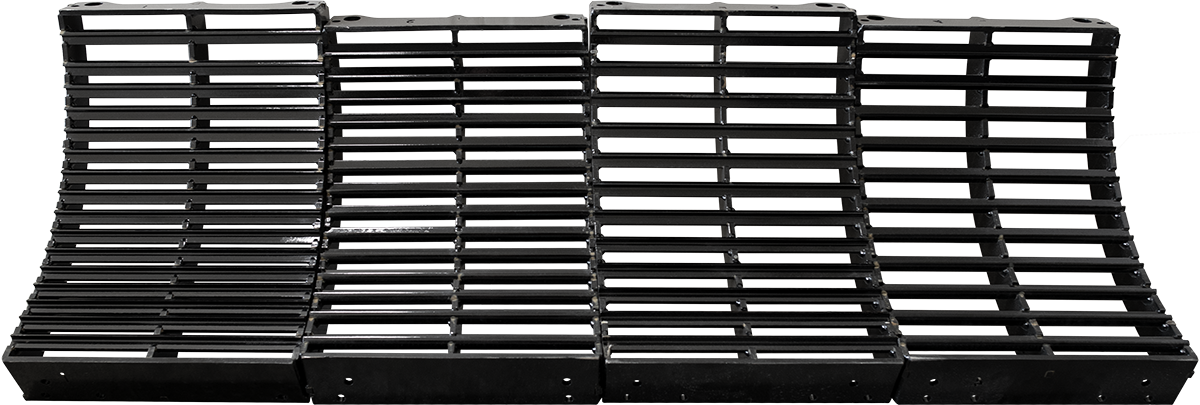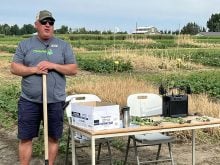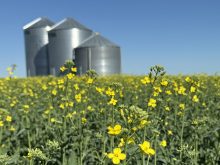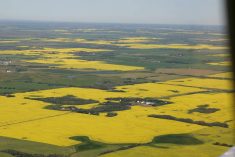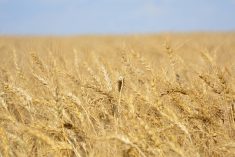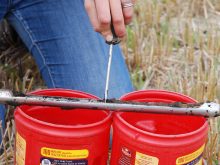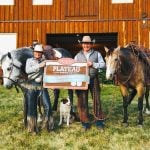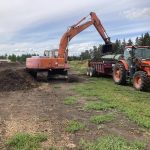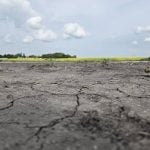A status report on biodiversity in the South Saskatchewan Planning Region shows bird, vascular plant and armoured mite species are 54 percent intact.
The measurements are done on a scale where 100 percent intact is untouched by human activity and development and zero percent is completely altered from its natural state.
The survey is the first conducted by the Alberta Biodiversity Monitoring Institute.
The index declines from 100 percent when:
• common species become rare or disappear
• common native species become exceptionally abundant
Read Also

AI expected to make itself felt in food systems
Artificial intelligence is already transforming the food we eat, how farmers produce it and how it reaches the consumer, experts say
• weedy or invasive species become common
The report found that 67 percent of native birds are intact of 38 species surveyed, 41 percent of native plants are intact of 37 species surveyed, and 55 percent of armoured mites are intact of 10 species surveyed.
The institute concentrated on grasslands in this assessment, its first in the South Saskatchewan Planning Region. Twelve of the birds surveyed are grassland species, and in that group, 50 percent are intact.
Among the 38 species surveyed, the upland sandpiper is most intact at 96 percent and the Sprague’s pipit is least intact at 32 percent.
The prairie coneflower is most intact among the 37 species of native plants. The prairie crocus is on the bottom of the scale at 26 percent intact.
Among the 10 armoured mites surveyed, the long-haired dusky roamer is most intact at 90 percent and the twin butte nightgown mite is least intact at 34 percent.
The institute also detected 84 nonnative plants in the region. Ten are listed as noxious weeds under the provincial weed control act. Common dandelion and flixweed were the two most common non-native species found.
Sixty-nine species at risk were also identified. Three are listed as extirpated and 20 as endangered.
In assessments of prairie-dominated land in the region, it found that 81 percent of birds (38 species) were intact, 79 percent of native plants (37 species) and 77 percent of armoured mites (10 species.) Average intactness was 79 percent.

